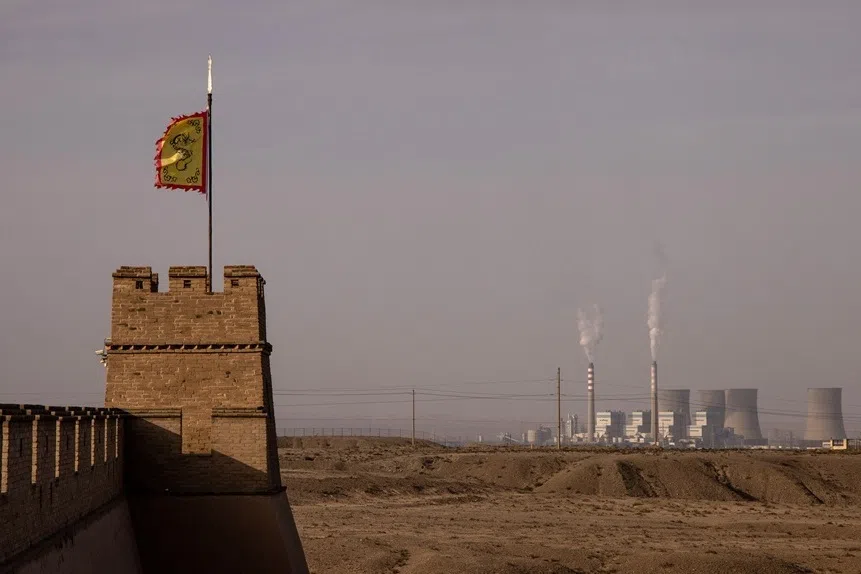TikTok's foray into Southeast Asian e-commerce is no slam dunk
TikTok is set to pour US$12.2 million over the next three years into supporting more than 120,000 small businesses and entrepreneurs in Southeast Asia, as it pushes into the e-commerce business in the region. However, it will not be smooth sailing as TikTok will need to contend with regional e-commerce titans GoTo, Shopee and Lazada.

(By Caixin journalists Bao Yunhong, Sun Yanrang, Guan Cong and Hao Shuai)
TikTok, the world's biggest short-video app, is pushing into the e-commerce business in Southeast Asia, stirring a new round of competition in the fast-growing market.
"We are going to invest billions of dollars in Indonesia and the rest of Southeast Asia over the next few years," TikTok CEO Chew Shou Zi said at a forum in Jakarta in June.
Up against titans
TikTok, the global short video sensation backed by China's ByteDance Ltd., will pour US$12.2 million over the next three years into supporting more than 120,000 small businesses and entrepreneurs in the region, Chew said.
Southeast Asia, an 11-nation region with 682 million people and combined GDP approaching US$4 trillion, is expected to be the next growth engine for e-commerce businesses, thanks to the region's growing population and improving infrastructure.
The region has become one of the fastest-growing economies in the world. According to Frost & Sullivan, Southeast Asia's nominal GDP expanded from US$2.96 trillion in 2018 to US$3.53 trillion in 2022, with a compound annual growth rate of 4.5%. The economy is projected to reach US$5.19 trillion in 2027. What makes the region more promising is its fast-growing youth population. According to the World Economic Forum, more than half of Southeast Asia's population is under 30.

As much potential as the region holds, making money from e-commerce in Southeast Asia will be no slam dunk for TikTok. It is going up against homegrown rivals backed by Chinese e-commerce titans Tencent Holdings Ltd. and Alibaba Group Holding Ltd. There are regulatory, social and cultural complexities across the region. And TikTok will have to navigate political and data security risks while also upgrading warehousing, logistics and digital payment capabilities.
According to a joint report by Google, Singapore sovereign wealth fund Temasek Holdings Pte. Ltd. and management consultant Bain & Co. Inc., total e-commerce gross merchandise volume (GMV) in Southeast Asia surged from US$10.9 billion in 2017 to US$131 billion last year, a compound annual growth rate of 64%. By 2025, the regional GMV is expected to reach US$211 billion.
Betting on its 1 billion monthly active users worldwide, TikTok in recent years has pushed to commercialise its popular short video services to create a new revenue stream...
Cultivating an emerging market
TikTok has more than 325 million monthly active users in Southeast Asia, covering nearly half the region's population. Among them, 125 million are from Indonesia, the region's biggest economy, according to Chew.
TikTok Shop, the app's e-commerce marketplace, boasted a GMV of nearly US$9 billion in Southeast Asia in the first half of 2023, according to a person close to TikTok. In Indonesia alone, TikTok has worked with more than 2 million small merchants and generated almost US$4 billion GMV.
Betting on its 1 billion monthly active users worldwide, TikTok in recent years has pushed to commercialise its popular short video services to create a new revenue stream in hopes of carry over the e-commerce success of its Chinese sibling Douyin.

TikTok Shop entered the Indonesian market in February 2021, expanded to Malaysia, Thailand, Vietnam and the Philippines in April 2022, and entered Singapore two months later. Meanwhile, TikTok Shop launched massive promotions and generous subsidies to attract new users.
"Southeast Asia is the biggest emerging market for TikTok outside the US," said an investor backing ByteDance, adding, "The company eyes gaining 35% of the e-commerce market." The Southeast Asia market is particularly important for TikTok due to the regulatory risks it faces in the US, the person said.
Since 2022, more than 80% of TikTok's e-commerce GMV has come from Southeast Asia. The number of employees in the region increased from just over 100 to almost 8,000 in six years, with nearly 2,000 in Indonesia, according to Chew.
Momentum Works, a venture capital company based in Singapore, estimated that TikTok Shop's GMV was US$4.4 billion in 2022, with a target of US$12 billion in 2023.
The rise of TikTok in Southeast Asia may pose a threat to Tencent and Alibaba, which have cultivated the market for years. In 2010, Tencent became the largest shareholder of Southeast Asian internet company Sea Ltd. with 18.4%. Sea launched the e-commerce platform Shopee in 2015, which is the largest e-commerce operation in the region with a GMV of US$47.9 billion in 2022.
Fuelling Southeast Asia's e-commerce boom is the region's tighter trade ties with China, especially after the Regional Comprehensive Economic Partnership lowering tariffs was signed...

Alibaba, meanwhile, is backing Lazada, Southeast Asia's second largest e-commerce platform, which had GMV of US$20.1 billion in 2022. The third largest player is Indonesia's Tokopedia PT, which merged with ride-hailing and food delivery company Gojek in May 2021 to form GoTo. Alibaba owns 8% of GoTo, making it the largest outside shareholder.
Fuelling Southeast Asia's e-commerce boom is the region's tighter trade ties with China, especially after the Regional Comprehensive Economic Partnership lowering tariffs was signed in January 2022 by China and the ten-nation Association of Southeast Asian Nations (ASEAN). According to China's customs statistics, exports to ASEAN members increased by 21.7% year-on-year in 2022. From January to June 2023, China's exports to ASEAN increased by 8.6% year-on-year, outpacing its overall export growth of 3.7%.
But not all Chinese internet giants benefited. In January, JD.com Inc. closed its online shopping sites in Indonesia and Thailand as part of a business strategy revamp in the highly competitive market.
Southeast Asia's highly diversified language, culture, religion and geographic conditions pose great challenges to e-commerce companies operating there, a source from Lazada said.
Competing for market share
As TikTok enters the market, Southeast Asian e-commerce giants Shopee, Lazada and Tokopedia have passed the stage of expansion and transformation. Since 2022, they have been in strategic contraction by cutting costs and focusing on profitability.
In 2019, Shopee surpassed Lazada in GMV and order volume to become the largest e-commerce platform. By 2022, it held a 47.9% market share in Southeast Asia.
TikTok has relied heavily on one low-price strategy and subsidies to drive its growth in Southeast Asia, but "once the subsidies are stopped, will consumers stay?" - Southeast Asian e-commerce industry insider
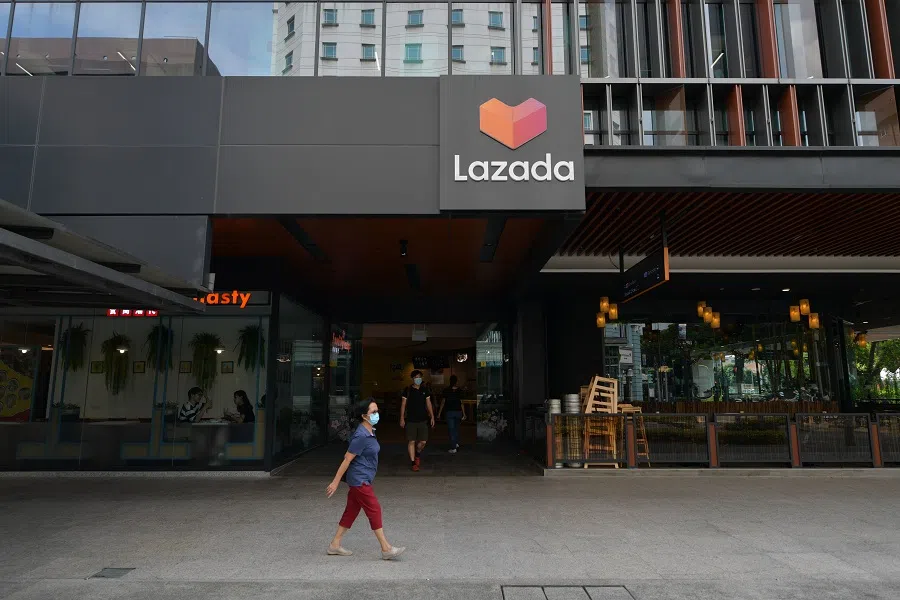
In 2021, the Covid-19 pandemic led to a migration from offline to online shopping. Qu Tian, the founder of Southeast Asia-focused venture capital firm ATM Capital, said that the rapid growth of e-commerce in 2021 was abnormal and unsustainable. E-commerce growth slowed in 2022 as the pandemic waned.
"TikTok Shop's impact on Lazada would be more significant" as its advantages in beauty and lifestyle products overlap Lazada's strengths, said a Southeast Asian e-commerce industry insider. However, the video app can hardly compete with Shopee now as Shopee's scale and market share are much larger. Shopee has already gone through the phase of heavy subsidies and achieved profitability, the person said.
TikTok has relied heavily on one low-price strategy and subsidies to drive its growth in Southeast Asia, but "once the subsidies are stopped, will consumers stay?" the person said.
Others disagreed. An internet analyst said Shopee focuses on lower-priced products, which aligns more with TikTok's strategy and thus could be more affected by the new rival. In the future, Shopee, Lazada and TikTok might divide the market based on consumer segmentation. Singapore, Thailand and Malaysia, with higher GDP per capita, could be more dominated by Lazada, while Shopee would compete with TikTok in emerging markets like Indonesia, the Philippines and Vietnam, the analyst said.
"Now is still the time when everyone is making the cake bigger together." - Qu Tian, ATM Capital
A source close to Lazada said TikTok's entry into the market would create some pressure, but it wouldn't significantly impact Lazada's high-end, high-quality goods.
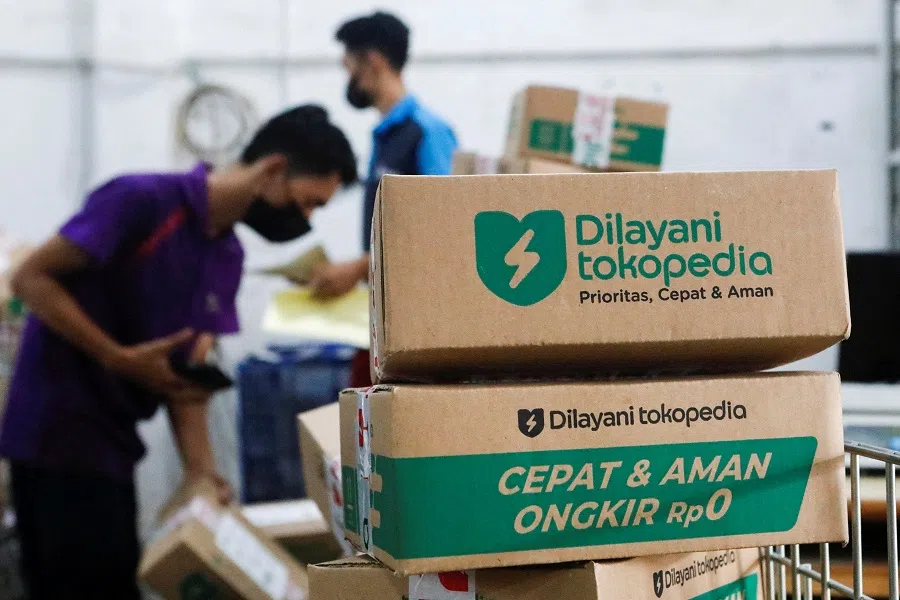
In the competitive Indonesian e-commerce market, the situation is more intricate. According to Momentum Works, Indonesia's e-commerce GMV reached US$51.9 billion in 2022, accounting for 52% of the entire Southeast Asian market. In Indonesia, Shopee had 36%, Tokopedia 35% and Lazada 10%, while TikTok ranked fifth with 5%.
But the Southeast Asia market is still far from settled and holds great potential. According to the Google-Temasek-Bain report, the e-commerce penetration rate in Southeast Asia excluding Singapore is less than 5%. In Indonesia, the penetration rate is only 4.26%. In contrast, the penetration rate in China is 24.9% and 19.3% in the UK.
"Now is still the time when everyone is making the cake bigger together," said ATM Capital's Qu.
Challenges ahead
China's two major e-commerce companies focusing on overseas market, Shein and Temu, have so far opted out of the Southeast Asia market as their main business focus, underscoring challenges in the fast-growing yet complicated market.
Temu, backed by PDD, rapidly expanded to 23 countries in North America, Europe and East Asia within a year, but hasn't entered Southeast Asia. Shein, registered in Singapore, established multiple Southeast Asian branches as early as 2018 but in 2021 closed its Indonesian unit.
Holding the giants back are complex regulations and significant disparities in social and business environments across the region. For instance, e-commerce companies entering Indonesia are subject to certification by the Indonesian Food and Drug Authority for selling cosmetics and food and to Islamic halal certification for food and beverages.
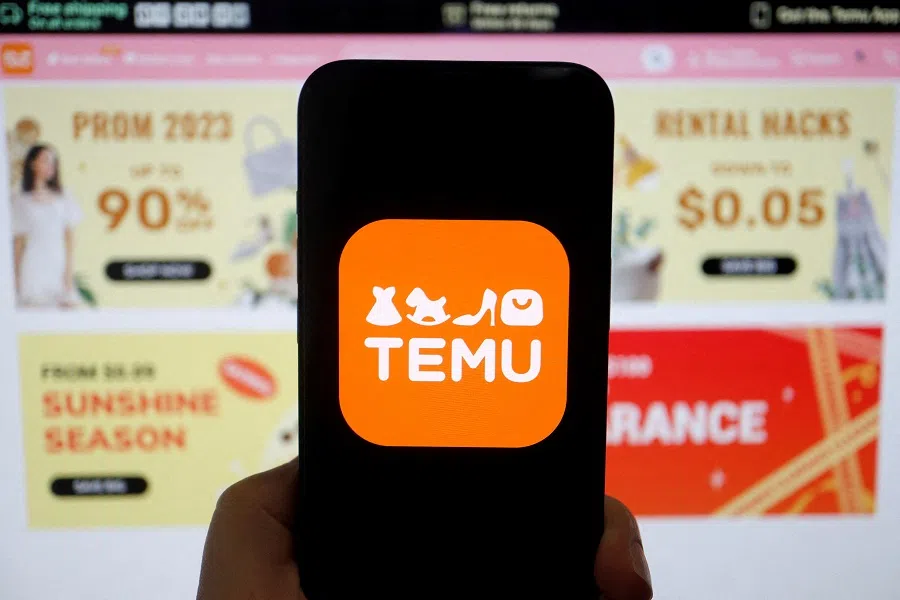
The political risks across Southeast Asian countries also bring uncertainties. Indonesia will hold presidential elections in February 2024, and the candidates' postures toward Chinese businesses have largely remained unclear.
"In terms of industrial cooperation, new-energy collaborations may be welcomed by Indonesia, but there might be certain limitations toward China," a Singaporean think tank expert told Caixin. "In terms of the consumer goods market, China's industrial transfers are welcomed by Indonesia, but foreign internet companies might find it difficult to gain preferential treatment," the expert added.
Data security could also be a concern. Chinese e-commerce platforms might face compliance risks in collecting user data and supplier information. "Tencent and Alibaba invest in Southeast Asia rather than directly doing business there, possibly due to regulatory considerations," said Cheng Xueli, CEO of Chinese e-commerce service provider Overseas Zhiji Information Technology.
Southeast Asian countries are still behind in infrastructure like warehousing, logistics and online payments.
Except in Singapore, where online payments are widespread, other regions still rely on cash-on-delivery, and the coverage of debit and credit cards remains limited.
For international companies in Southeast Asia, warehousing models and customs clearance time are the first issues that need to be addressed. Wang Yujian, a researcher at e-commerce industry information provider 100ec, said that the difficulty of customs clearance results from varying regulations across countries, scattered import tax systems, and immature customs policies. Many e-commerce retailers complain about lengthy and inefficient customs procedures in the Philippines.
"It can take 25 days to complete customs clearance," Wang said.
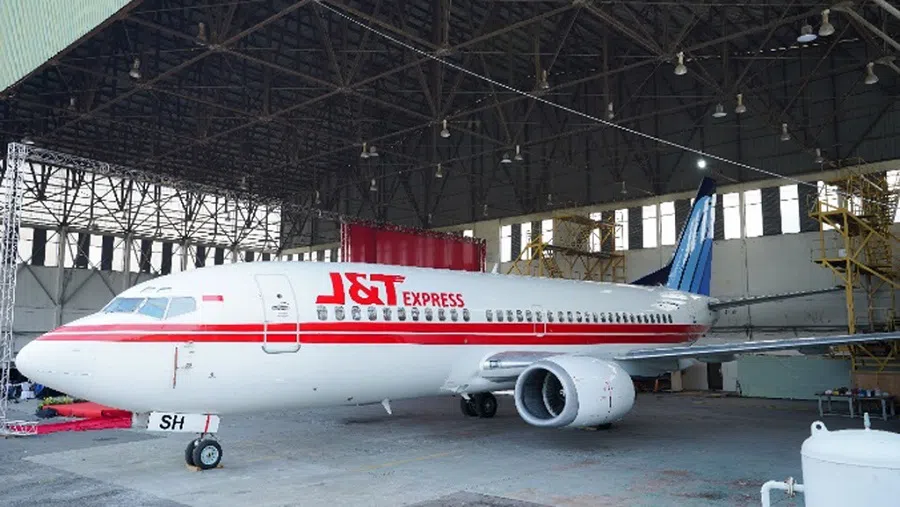
Logistics within Southeast Asia still need improvement. Indonesia consists of 17,508 islands, and the Philippines faces similar challenges with inter-island shipping. Inadequate infrastructure and inefficiencies in last-mile delivery pose logistical challenges.
J&T Express, founded by Chinese entrepreneur Jet Lee, is the largest courier service provider in Southeast Asia. Established in Indonesia in August 2015, J&T now covers seven Southeast Asian countries. In 2022, J&T handled 2.513 billion packages in the region, holding a market share of 22.5%. It collaborates with nearly all major e-commerce platforms in Southeast Asia.
ATM Capital's Qu was an early investor in J&T. He said Southeast Asia's daily parcel volume is 2 million to 3 million, less than a tenth of China's. Insufficient order volumes in Southeast Asia lead to much higher costs and prices compared with China.
The digital payments revolution hasn't started in the Southeast Asian market, Qu said. Except in Singapore, where online payments are widespread, other regions still rely on cash-on-delivery, and the coverage of debit and credit cards remains limited.
According to a report published by market research agencies Juniper and Boku, Southeast Asia was the fastest-growing region for mobile wallet usage. The usage of electronic wallets is expected to reach nearly 440 million across six countries - Indonesia, Malaysia, the Philippines, Singapore, Thailand and Vietnam. By 2025, there will be a 311% increase from 2020, the researchers projected.
This article was first published by Caixin Global as "In Depth: TikTok's Foray Into Southeast Asian E-Commerce Is No Slam Dunk". Caixin Global is one of the most respected sources for macroeconomic, financial and business news and information about China.

